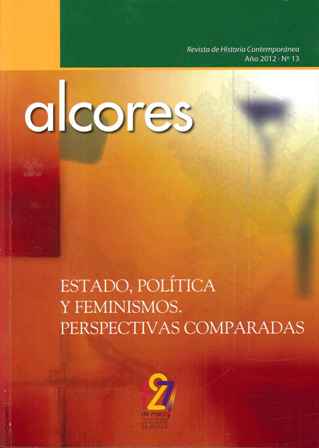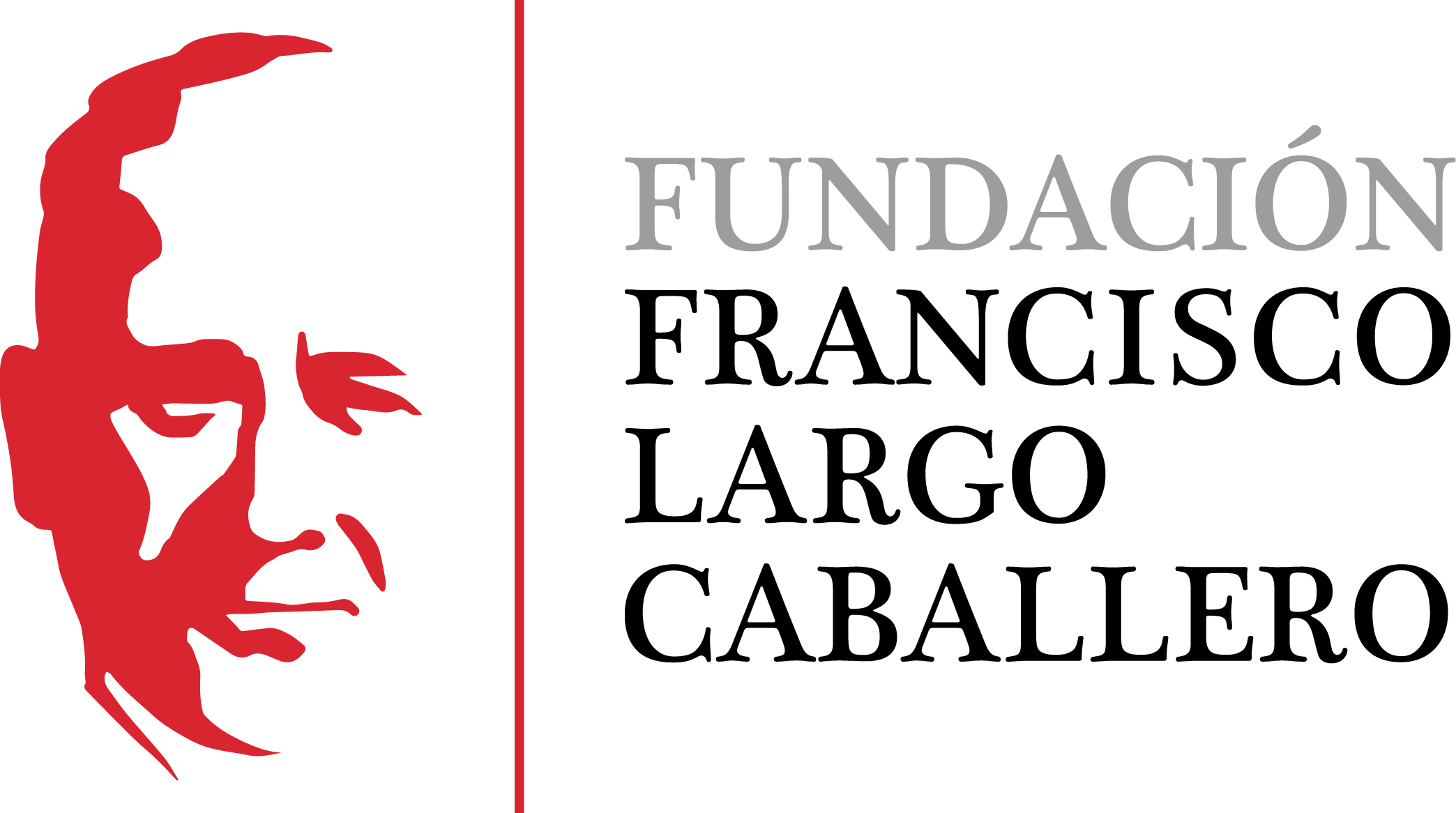Totalitarian State and gender
The German model for the Sección Femenina de Falange 1936-1945
DOI:
https://doi.org/10.69791/rahc.145Keywords:
Women’s Section, Spanish Falange, Nazi Germany, Gender, Catholic ChurchAbstract
The text at hand analyzes the contacts between the Women’s Section of the Spanish Falange and Nazi Germany’s Young and Adult Female Organizations during the Spanish Civil War and the Second World War. A short theoretical and historiographical introduction will be followed by a depiction of the chronology, aim, content and protagonists of the organizations’ mutual visits. After this outline, the Catholic Church’s fear of these contacts and subsequently of Nazi influence in National Spain will be briefly explained on the base of newly available Vatican sources. The presentation then focuses on similarities and differences between the female organizations of both Fascist parties, and finally analyzes the relation of these contacts with the Women’s Section’s political participation in the totalitarian project of the Falange.
Downloads
Global Statistics ℹ️
|
40
Views
|
20
Downloads
|
|
60
Total
|
|
Downloads
Published
How to Cite
Issue
Section
License
Copyright (c) 2013 Toni Morant i Ariño

This work is licensed under a Creative Commons Attribution 4.0 International License.
Alcores is an open-access journal. It provides unrestricted access to its content from the moment of publication. We respect intellectual property rights, and for this reason, the author retains the copyright. All content is distributed under a Creative Commons Attribution 4.0 International (CC BY 4.0) license. The terms of the license can be consulted at: https://creativecommons.org/licenses/by/4.0/
This license allows sharing (copying and redistributing the material in any medium or format) and adapting (remixing, transforming, and building upon the material for any purpose), provided that authorship and first publication in this journal are properly credited, a link to the license is included, and any changes made are indicated.
This type of license facilitates the freedom of reuse and ensures that the content of this journal can be used to meet research needs.





